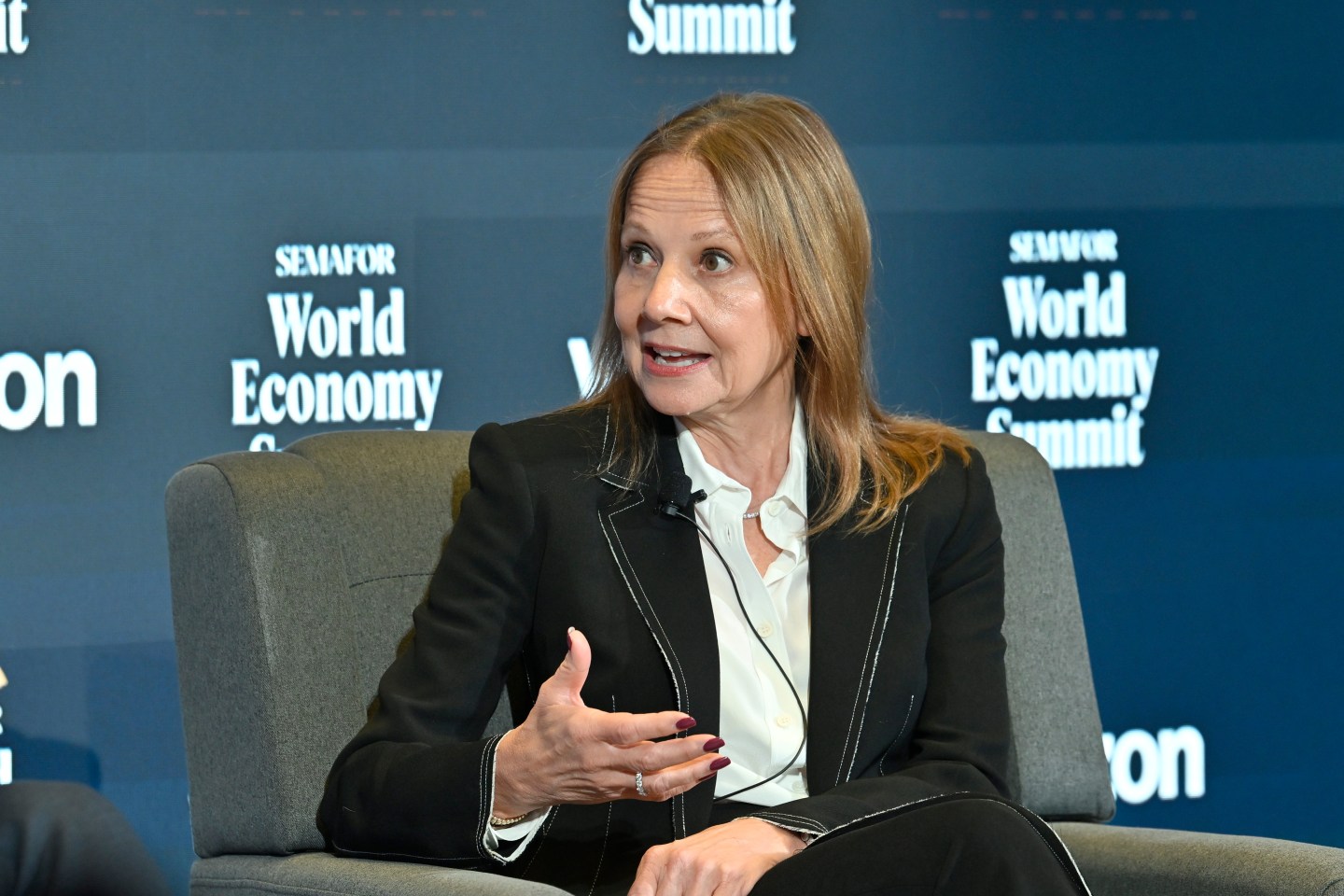By Shaker Abady | Vhiclo | May 2, 2025
DETROIT — As a chill runs through the assembly lines in America’s automotive heartland, a new wave of uncertainty grips the industry. The trigger? A sweeping 25% tariff on imported vehicles and auto parts recently enforced by the U.S. administration — sending shockwaves through supply chains and pushing car prices to historic highs.
General Motors, one of the country’s largest automakers, has already sounded the alarm. In a statement this week, the company warned that it could face up to $5 billion in additional costs this year as a direct result of the tariff policy. And they’re not alone. From factory floors in Michigan to dealership lots in Florida, the impact is reverberating.
Contents
Automakers Warn of Billions in Losses
General Motors cut its earnings forecast for the remainder of 2025, citing dramatically higher costs tied to parts sourced from overseas. The automaker now expects annual profits to fall between $10 billion and $12.5 billion, down from a previous range of $13.7 billion to $15.7 billion.
“This isn’t just about trade,” said Mary Barra, CEO of GM, on a quarterly earnings call. “This is about redefining the economics of how we build and sell vehicles in the United States.”
Other industry giants like Ford, Stellantis, and Hyundai have expressed similar concerns. Analysts at Bloomberg and Reuters forecast price increases between $2,000 and $12,000 per vehicle depending on the model and its components’ origin.
Source: Reuters – Automakers brace for higher prices due to tariffs
Consumers Face Record-High Prices
The ripple effect is already being felt by car buyers. According to J.D. Power, the average new vehicle price hit $49,215 in April 2025 — a jump of nearly $2,000 since February.
Denise Parker, a public school teacher in Georgia, recently walked away from purchasing a midsize SUV after seeing the final quote. “It was nearly $6,000 more than I expected,” she said. “Even with financing, it was out of reach.”
With consumer confidence already strained by inflation and high interest rates, this new tariff-driven price surge is forcing many to either delay purchases or consider used vehicles.
Used Car Market Becomes a Safe Haven
Used car dealers across the country are reporting a spike in demand. AutoNation, one of the largest auto retailers in the U.S., has seen a 25% jump in traffic for certified pre-owned models.
“People still need transportation,” said Troy Matthison, AutoNation’s regional manager. “But they’re rethinking how much they’re willing to pay for it.”
Still, the used market isn’t immune. With rising demand and limited inventory, even used car prices are creeping up — though not at the same pace as new models.
Source: Kelley Blue Book – Used car prices in 2025
Political and Economic Backlash Mounts
Lawmakers are sharply divided on the new trade policy. Supporters argue the tariffs will force companies to invest more in domestic production. Detractors warn the move will stifle demand and potentially lead to job cuts.
“This kind of blunt-force policy risks damaging one of America’s most critical industries,” said Senator Debbie Stabenow (D-MI). “You don’t strengthen the economy by pricing out the middle class.”
Meanwhile, economic indicators are flashing red. The U.S. economy shrank by 0.8% in Q1 2025, and auto manufacturing — which makes up 3.5% of GDP — is poised to drag down Q2 figures if trends continue.
Source: CNBC – U.S. GDP Contracts in Q1 2025
The Road Ahead for Automakers and Buyers
Industry insiders believe May and June will be critical in determining whether the current crisis escalates or stabilizes. The U.S. Department of Commerce has hinted at potential relief measures, such as exemptions for specific parts and incentives for local production. However, it remains unclear whether these steps will come in time.
Automakers are also reevaluating supply chains, fast-tracking efforts to localize parts production — but that’s a multi-year shift.
“It’s a race against time,” said Dr. Laura Stephenson, an economist at the University of Chicago. “The longer these tariffs stay in place, the more painful the adjustment becomes for everyone — from manufacturers to consumers.”

Shaker Abady is a seasoned Automotive Engineer with a deep passion for vehicle innovation, performance optimization, and industry trends. With hands-on experience in mechanical systems, diagnostics, and emerging automotive technologies, Shaker brings a unique perspective to every piece he writes. Whether he’s breaking down the latest EV advancements or analyzing classic engine designs, his insights are rooted in real-world expertise and a lifelong enthusiasm for everything on wheels.
